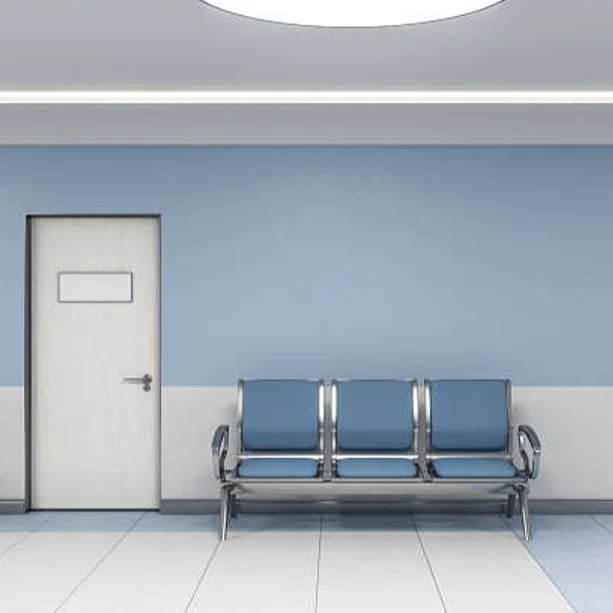Now that most hospital systems have completed large-scale records digitization projects, they are spending more time and money on real-time location services (RTLS) that can help with asset tracking, asset management, temperature monitoring, staff locating, hygiene compliance, patient flow/tracking, and bed capacity management. But with so many RTLS healthcare vendors vying for your business, finding the right vendor can be a challenging process.
In the healthcare sector, less than half of all health systems have adopted a large-scale RTLS solution to date, and there are a number of vendors and technologies competing to install those systems. These vendors use a variety of technical solutions for determining tag location as well as different RTLS software solutions to handle complex tasks like workflows and reporting.
Perhaps the most basic but profitable return on investment for hospitals is in reducing capital expenditures by increasing equipment utilization. When a hospital is able to locate its equipment quickly, it needs less equipment overall to meet its needs. Expensive, mobile capital equipment, like a portable X-ray machine, can cost upwards of $100,000. These items are not in constant use, but when staff is unable to locate them on demand, they will often complain to management about needing additional units. This even applies to less costly items like infusion pumps and even wheelchairs, which can be hoarded by certain units to ensure that a ready supply is always available.
Besides AirFinder by Link Labs, some of the market-leading products from other RTLS vendors include:
Centrak — Centrak is the market leader in fully functional hospital RTLS systems. These systems rely on a complex set of infrared and RF-based readers and sensors to locate and track assets and people in facilities. A Centrak deployment is a large undertaking and can run you a pretty penny, often in the range of millions
Zebra — Zebra is another UWB-based provider, with a long history of providing other asset management solutions. Zebra is a newer entrant to the healthcare RTLS space, and its software product is continuing to mature.
Related content: Download our whitepaper on the costs associated with implementing an asset tracking system in healthcare.
The following are important considerations when evaluating RTLS solution providers:
- Training. With most systems, the adoption of healthcare RTLS in hospitals will require some personnel to change how they go about doing their jobs. Managing an additional source of information might be cumbersome for staff who work in maintenance or biomedical engineering. An RTLS roll-out in healthcare should include a comprehensive training program to ensure that all staff understand the system, its value, and the expectations of use moving forward.
- Infrastructure. Some RTLS systems rely on existing Wi-Fi access points, while others require extensive infrared or UWB sensors to be hardwired throughout a facility. When installing an RTLS system as a retrofit (which is usually the case), you need to be aware of the cost, complexity, and potential workflow disruptions of the installation.
- Battery Life. Most RTLS systems rely on battery-powered tags, which will eventually need to be replaced. Make sure that you fully understand the lifecycle of battery-powered tags, and who will replace them, before committing to a particular RTLS vendor.
AirFinder is a newer RTLS solution with a unique value proposition that stands apart from the options offered by other RTLS healthcare vendors. We seek to balance the cost and complexity of our RTLS solution with the biggest drivers of ROI for healthcare systems.




